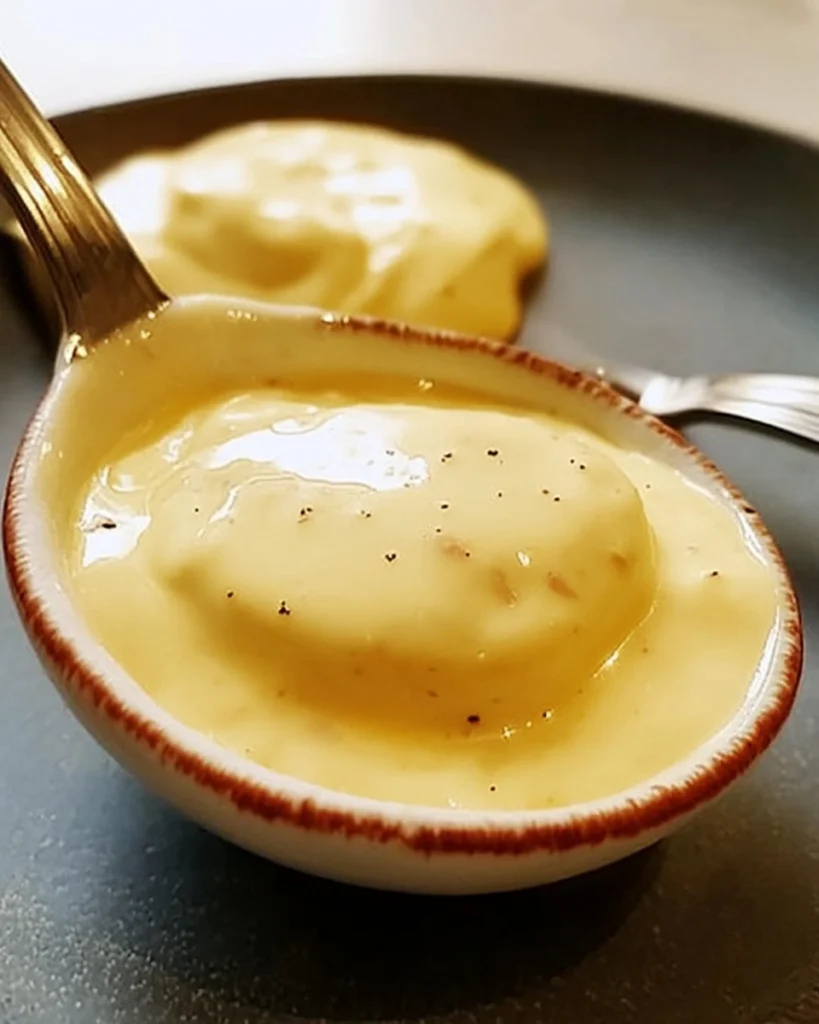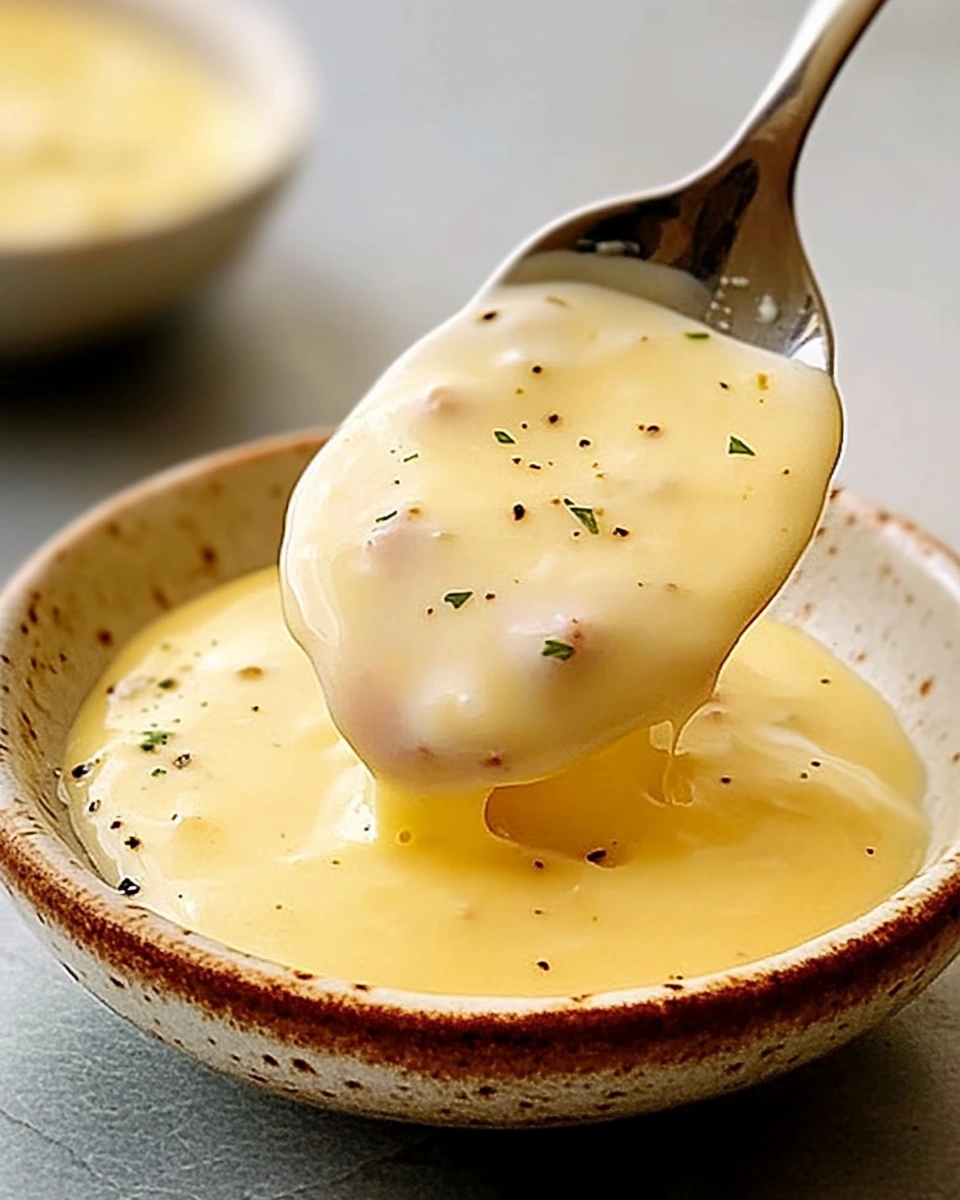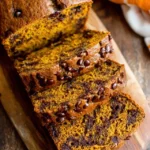If you’ve ever been to a fancy brunch or indulged in an elegant dinner, you’ve likely tasted Hollandaise sauce. This rich, creamy, and tangy sauce is a culinary masterpiece that elevates any dish. From classic eggs Benedict to fresh asparagus or grilled meats, Hollandaise sauce adds a luxurious touch. In this comprehensive guide, we will walk you through the ins and outs of making perfect Hollandaise sauce, sharing tips, variations, and helpful tricks along the way. You’ll master this classic French sauce in no time!
What is Hollandaise Sauce?
Hollandaise sauce is one of the five mother sauces in French cuisine, famous for its rich and velvety texture. It’s made by emulsifying egg yolks and butter, then adding lemon juice and seasonings. The sauce is known for its buttery flavor and subtle tang from the lemon juice. Its versatility allows it to pair beautifully with a variety of dishes, making it a staple in many kitchens worldwide.
In this article, we will focus on creating the most basic and authentic version of Hollandaise sauce, a recipe that’s both easy to follow and sure to impress anyone you serve it to. Whether you’re a seasoned cook or a beginner, our guide will ensure you get the perfect Hollandaise sauce every time.
Why You Should Make Hollandaise Sauce at Home
While store-bought versions of Hollandaise sauce exist, nothing compares to the taste of a freshly made batch. Homemade Hollandaise is far superior because you have complete control over the flavor and texture. Making Hollandaise sauce from scratch also allows you to adjust it to your preferences, whether you like it tangier with more lemon or creamier with extra butter.
Moreover, when made fresh, Hollandaise sauce offers a richer, more luxurious texture that complements your meals far better than any store-bought substitute. Additionally, the process of making Hollandaise is simpler than many think, and with the right technique, you can easily make this sauce in just minutes.
Key Ingredients for Hollandaise Sauce
The beauty of Hollandaise sauce lies in its simplicity. You only need a handful of ingredients, many of which you probably already have in your kitchen. Here’s what you’ll need:
1. Egg Yolks
The primary ingredient in Hollandaise sauce, egg yolks act as the emulsifier that binds the fat (butter) with the water (lemon juice). You will need three large egg yolks for this recipe.
2. Unsalted Butter
Butter provides the richness and smooth texture that makes Hollandaise so decadent. For this recipe, you will need ½ cup of unsalted butter, melted. Unsalted butter is preferred because it gives you more control over the flavor of the sauce.
3. Fresh Lemon Juice
Lemon juice is key for balancing the richness of the butter and adding a touch of brightness to the sauce. You will need 1 tablespoon of fresh lemon juice, but feel free to adjust to your liking.
4. Dijon Mustard (Optional)
Dijon mustard adds a subtle tang and helps stabilize the emulsion, making the sauce smoother and thicker. It’s an optional ingredient, but we highly recommend it for an extra flavor boost.
5. Salt and Cayenne Pepper
A pinch of salt is essential for seasoning, while a touch of cayenne pepper adds a little heat and depth to the sauce. Adjust the amount of cayenne pepper to your preference – a little goes a long way!

How to Make Hollandaise Sauce: Step-by-Step Instructions
Now that we have our ingredients ready, let’s dive into the step-by-step process of making perfect Hollandaise sauce.
Step 1: Whisk the Egg Yolks and Lemon Juice
In a heatproof bowl, whisk together the egg yolks and fresh lemon juice until the mixture becomes smooth and slightly thickened. This will help prepare the yolks for the heat, ensuring that they don’t scramble when exposed to the simmering water.
Step 2: Prepare the Double Boiler
To cook the egg yolks gently, we’ll use the double boiler method. Fill a saucepan with about an inch of water and bring it to a simmer. Then, place your bowl of egg yolk mixture over the saucepan, making sure the bottom of the bowl doesn’t touch the simmering water. This gentle heat will allow the yolks to cook slowly, creating a smooth and creamy texture.
Step 3: Add the Butter Slowly
Now, the fun part begins! Slowly drizzle in the melted butter, a little bit at a time, while whisking continuously. This slow incorporation of the butter will allow the egg yolks to emulsify with the fat, creating the signature velvety consistency of Hollandaise sauce.
Step 4: Season the Sauce
Once the butter is fully incorporated and the sauce has thickened, remove the bowl from the heat. Stir in the salt, Dijon mustard (if using), and cayenne pepper. These ingredients will add the perfect amount of seasoning and flavor balance.
Step 5: Serve Immediately
Hollandaise sauce is best served fresh. Once it’s made, pour it immediately over your favorite dishes, such as eggs Benedict, grilled vegetables, or poached fish. You can also store the sauce in a warm spot, covered, for about 30 minutes, but be careful not to leave it too long as the sauce may break or separate.
Tips and Tricks for Perfect Hollandaise Sauce
While Hollandaise sauce is simple to make, there are a few key tips and tricks to ensure that it turns out perfectly every time.
- Don’t Overheat the Sauce: The key to a smooth, creamy Hollandaise is gentle heat. Overheating or cooking the yolks too quickly will cause the sauce to break or become too runny.
- Use Fresh Lemon Juice: Always use fresh lemon juice for the best flavor. Bottled lemon juice lacks the freshness and brightness that is essential for a balanced Hollandaise sauce.
- Whisk Continuously: Constant whisking is crucial to avoid the eggs from curdling. Make sure you don’t stop whisking while adding the butter.
- Don’t Rush the Butter Addition: Adding the butter slowly is key to achieving the right texture. If you pour the butter in too quickly, the sauce may separate.
- If the Sauce Breaks, Fix It: If your sauce becomes too thin or starts to break, you can fix it by whisking in a few drops of warm water or a fresh egg yolk to bring it back together.
Common Variations of Hollandaise Sauce
While the classic Hollandaise sauce is a staple, there are a few variations that you might enjoy:
- Béarnaise Sauce: This is a variation of Hollandaise sauce that includes tarragon, shallots, and vinegar. It’s perfect for steak or grilled meats.
- Miso Hollandaise: For a savory twist, try adding a spoonful of miso paste to your Hollandaise sauce for umami depth.
- Herb Hollandaise: Stir in fresh herbs like chives, tarragon, or parsley for a more flavorful sauce that’s perfect for vegetables or fish.
Hollandaise Sauce Serving Ideas
Now that you’ve made the perfect batch of Hollandaise sauce, you’re probably wondering what to serve it with. Here are some ideas:
- Eggs Benedict: The classic pairing! Hollandaise sauce is the key ingredient that makes this dish so rich and indulgent.
- Grilled Asparagus: Drizzle warm Hollandaise over grilled asparagus for a delightful side dish.
- Salmon or Poached Fish: Hollandaise works wonders on poached or grilled fish, especially salmon.
- Roasted Vegetables: Add a touch of luxury to your roasted vegetables with a generous spoonful of Hollandaise sauce.
- Steak: Beef and Hollandaise may sound unusual, but they make a great pair, especially when topped with a drizzle of Béarnaise sauce.
FAQs about Hollandaise Sauce
1. Can I make Hollandaise sauce ahead of time?
Hollandaise sauce is best served immediately after it’s made. However, you can keep it warm for about 30 minutes, but be sure to stir it occasionally. If it cools down, gently reheat it over low heat, whisking continuously.
2. Why did my Hollandaise sauce break?
If your sauce breaks, it may be because the heat was too high, or the butter was added too quickly. You can fix it by whisking in a few drops of warm water or adding another egg yolk to bring it back together.
3. Can I make Hollandaise sauce without eggs?
Hollandaise sauce relies on egg yolks to emulsify the butter and create the creamy texture. For an egg-free version, you could try using a vegan butter and creating a plant-based alternative, but the texture and flavor may differ slightly.
Conclusion
In conclusion, Hollandaise sauce is a luxurious and versatile addition to many dishes. While it’s often seen as a complicated sauce, it’s surprisingly easy to make with just a few simple ingredients. By following the steps carefully and using the right techniques, you’ll be able to create a smooth, creamy sauce every time. Whether you’re making eggs Benedict, drizzling it over asparagus, or pairing it with grilled meats, this sauce will elevate your meals to a whole new level. Enjoy the rich, buttery goodness that only homemade Hollandaise can offer!
Print
How to Make Perfect Hollandaise Sauce: Easy Recipe and Tips
Ingredients
- 3 large egg yolks
- ½ cup unsalted butter, melted
- 1 tablespoon fresh lemon juice
- ½ teaspoon Dijon mustard (optional)
- A pinch of salt
- A pinch of cayenne pepper (optional)
Instructions
- In a heatproof bowl, whisk the egg yolks and lemon juice until smooth and slightly thickened.
- Place the bowl over a saucepan with simmering water (double boiler method), ensuring the bottom of the bowl doesn’t touch the water.
- Slowly drizzle in the melted butter while whisking continuously until the sauce thickens.
- Remove from heat and stir in salt, Dijon mustard, and cayenne pepper if using.
- Serve immediately over eggs Benedict, asparagus, or grilled meats. Enjoy!



